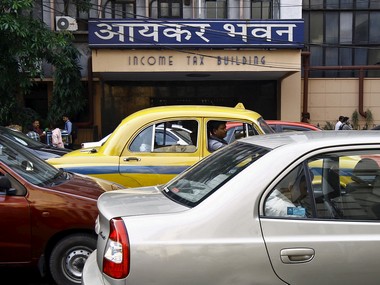Indirect taxation is a policy that is commonly used to generate tax revenue for the government. They are essentially fees that are levied equally upon taxpayers, no matter their income—be they rich or poor, everyone has to pay them. Indirect taxes can be defined as taxation on an individual or entity, which is ultimately paid for by another person. The body that collects the tax will then remit it to the government. Essentially, any taxes or fees (such as sales tax, per unit tax or Goods and Services Tax (GST ), excise, tariff) imposed by the government at the manufacturing or production level is an indirect tax. [caption id=“attachment_4294399” align=“alignleft” width=“380”] Representational image. Reuters.[/caption] Import duties, fuel, liquor and cigarette taxes are all considered examples of indirect taxes. The most common example of an indirect tax is import duties. The duty is paid by the importer of a good at the time it enters the country. If the importer goes on to resell the good to a consumer, the cost of the duty, in effect, is hidden in the price that the consumer pays. The consumer is likely to be unaware of this, but he will nonetheless be indirectly paying the import duty. The total net indirect tax collection (inclusive of CGST, IGST and GST-Compensation Cess) in the financial year during April-November 2018-19 was Rs. 6,12,653.47 crore. The government was targeting to mop up Rs 11.16 lakh crore as indirect tax collection from the levy of Central and Integrated GST and compensation cess in 2018-19. An analysis showed that the share of indirect tax had been growing over the years, increasing to nearly 50 percent in 2018-19 from a little less than 45 percent four years ago. The GST implementation, which was rolled out in July 2017, had helped increase indirect taxpayer base by more than 50 percent with 34 lakh businesses coming into the tax net, the Economic Survey had said.
Follow full coverage of Union Budget 2019-20 here
Indirect taxes can be defined as taxation on an individual or entity, which is ultimately paid for by another person.
Advertisement
End of Article


)

)
)
)
)
)
)
)
)



